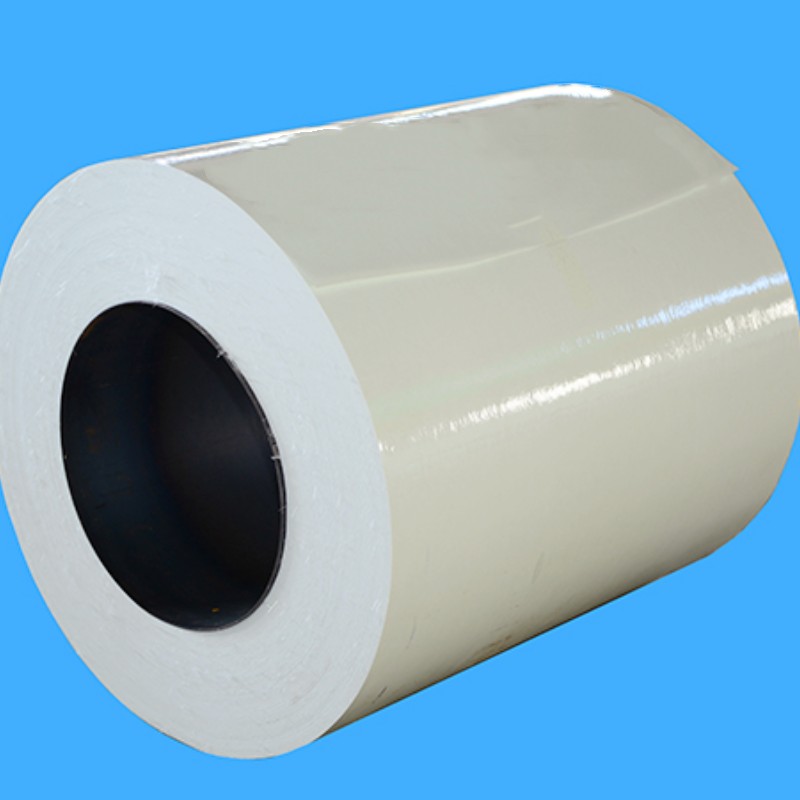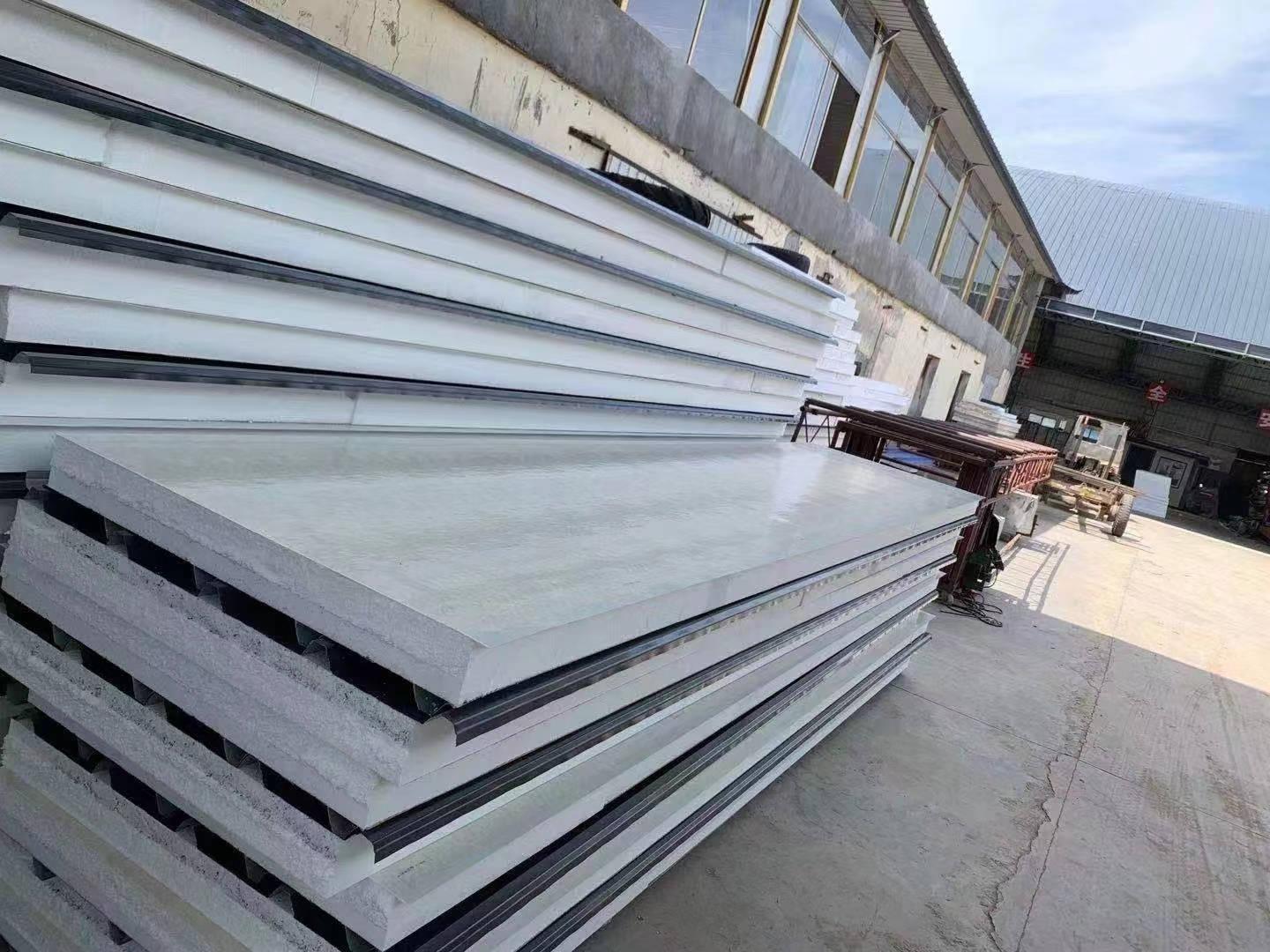
In modern agriculture, the need for durable, efficient, and hygienic building materials is paramount, particularly in livestock farming. One of the standout solutions for constructing resilient and functional farm buildings is the use of livestock farm sandwich panels with FRP (Fiberglass Reinforced Plastic) inner surfaces. These panels offer numerous advantages that cater to the demanding environment of livestock farms. This article explores the benefits and applications of FRP panels in farm construction.
What are Livestock Farm Sandwich Panels?
Livestock farm sandwich panels are composite structures consisting of two outer layers with an insulating core sandwiched in between. The core is typically made of materials like polyurethane foam or polystyrene, which provide excellent thermal insulation. The outer layers can be made from various materials, but FRP has become a preferred choice for the inner surface due to its superior properties.
Benefits of FRP Panels in Livestock Sandwich Panels
Durability and StrengthFRP panels are known for their high strength-to-weight ratio. They can withstand significant impact and wear, making them ideal for the rough conditions found in livestock farms. Unlike traditional materials, FRP does not dent or crack easily, ensuring the longevity of the panels.
Corrosion ResistanceLivestock buildings are often exposed to moisture, chemicals, and waste, which can lead to corrosion in traditional materials. FRP panels are highly resistant to corrosion, meaning they do not rust or degrade when exposed to harsh chemicals, maintaining their integrity over time.
Hygiene and CleanlinessMaintaining hygiene is crucial in livestock farming to prevent disease spread. FRP panels have a smooth, non-porous surface that is easy to clean and disinfect. This helps to reduce the buildup of dirt, bacteria, and mold, contributing to a healthier environment for the animals.
Thermal InsulationThe insulating properties of the core material combined with the FRP surface help maintain stable internal temperatures, protecting livestock from extreme weather conditions. This not only ensures animal comfort but also helps in reducing energy costs for heating and cooling.
Fire ResistanceSafety is a critical concern in farm buildings. FRP panels are designed to be fire-resistant, reducing the risk of fire spreading and enhancing the overall safety for livestock and farm workers.
Ease of InstallationFRP panels are lightweight and easy to handle, making them straightforward to install. This reduces construction time and labor costs, allowing for quicker setup and modifications when needed.
Applications in Livestock Farming
FRP panels are versatile and can be used in various applications within livestock farming:
Walls and Ceilings: FRP panels provide a robust, easy-to-clean surface for interior walls and ceilings in barns, poultry houses, and other livestock buildings.
Partitions: They can be used to create partitions within buildings, allowing flexible space management and separation of different animal groups.
Floors: Although less common, FRP panels can also be used for flooring in areas where durability and ease of cleaning are essential.
Conclusion
The use of FRP panels in livestock farm sandwich panels presents a range of benefits that make them an ideal choice for modern agricultural buildings. Their durability, corrosion resistance, ease of maintenance, excellent thermal insulation, and fire resistance contribute to creating safe, clean, and efficient environments for livestock. As agricultural practices evolve, the adoption of advanced materials like FRP panels will play a crucial role in enhancing the productivity and sustainability of livestock farming.
![]()













